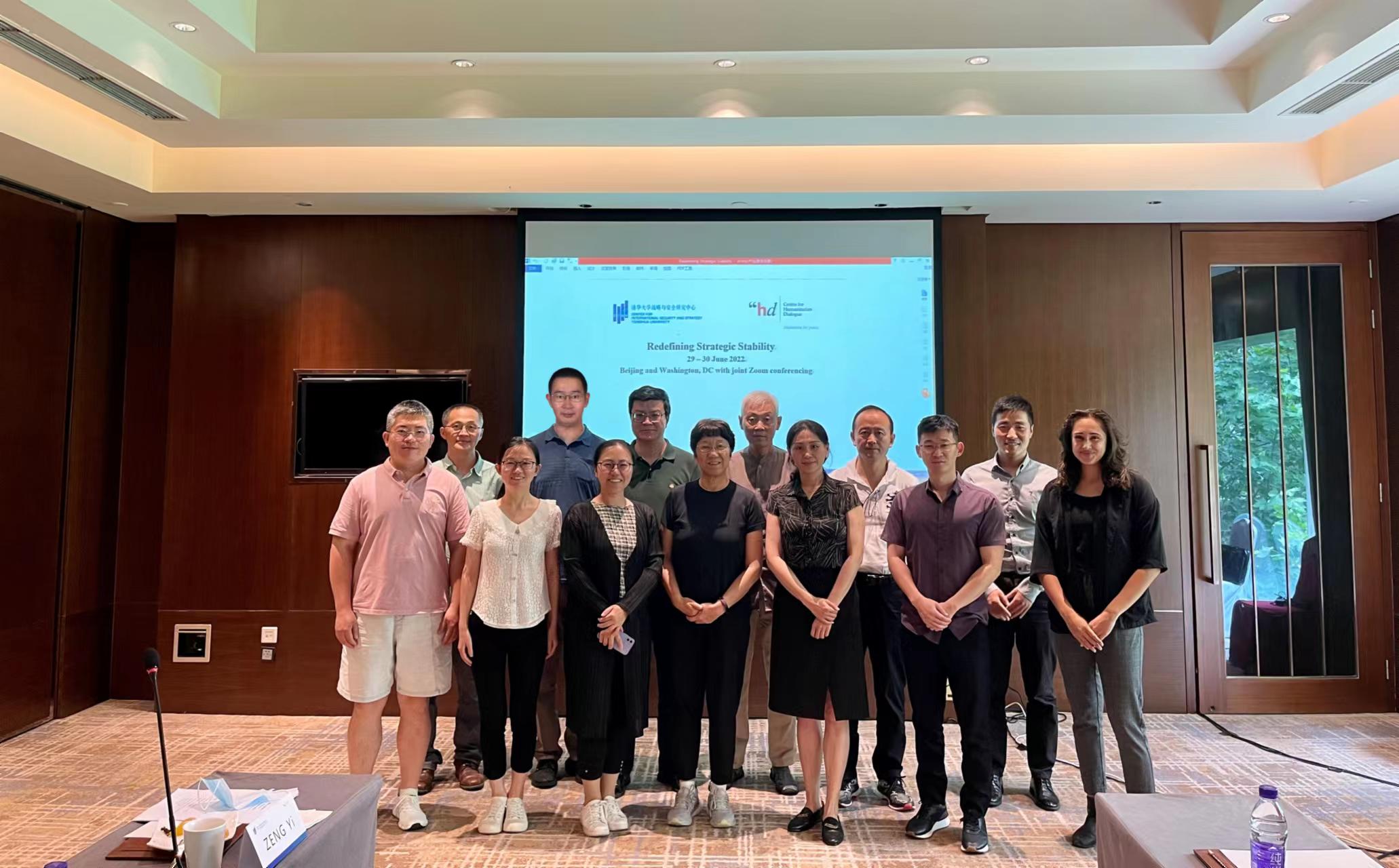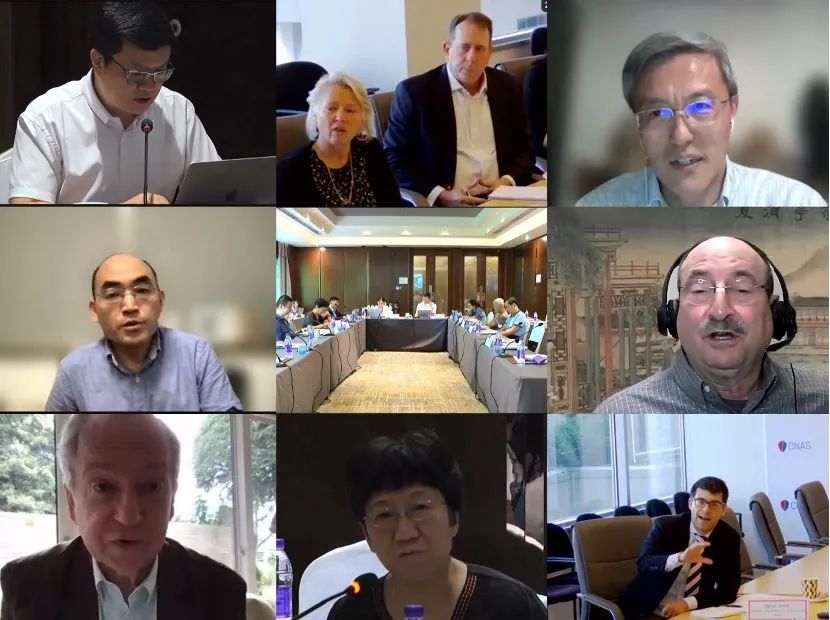From June 29 to July 1, 2022, the Center for International Security and Strategy (CISS) of Tsinghua University and the Centre for Humanitarian Dialogue (HD) jointly organized a seminar titled “Redefining Strategic Stability,” bringing together more than 20 experts and scholars from China and the United States for discussions on strategic stability, crisis management, and pressing security issues for the two countries.

During the seminar, which was co-moderated by CISS Director Da Wei and HD Asia Programme Senior Adviser Eric Richardson, panelists compared notes in breakout and plenary sessions in order to gain a clearer understanding of their convergences and divergences. Following a recap of the theoretical and practical evolution of the concept of “strategic stability,” they explored the relevance of “crisis stability” and “arms control stability”—the two pillars of traditional “strategic stability”—and outlined the divergences and conflicts that China and the US need to manage in the security and military spheres, as well as the areas where cooperation is needed. It is believed that the traditional concept and practice of “strategic stability,” which emerged as two Cold War superpowers worked to prevent nuclear war, are no longer accurate in defining the current complexity between China and the US—there are both competition and cooperation, overlapping bilateral and multilateral engagements, and economic dependence and military confrontation at the same time. It may be possible, therefore, to consider new terminology when discussing “strategic stability” between China and the US in the broader context, so as to avoid the limitations of the traditional “strategic stability” or unnecessary confusion. As Chinese and American academics continue to explore traditional strategic stability, its core idea of jointly addressing “existential threats” can be drawn on to duly expand the discussion, in which elements of cooperation are also included.

The Chinese and American panels each explained the definitions, types and response mechanisms regarding the current “existential threats” for the two countries, and both sides agreed to focus on issues including strategic weapons, risk of military conflicts in hotspots and crisis management. The participants agreed, by consensus, that communication on strategic security should be maintained at all levels, and that Track II and think tank dialogues should continue to contribute to the stability of US-China relations.
